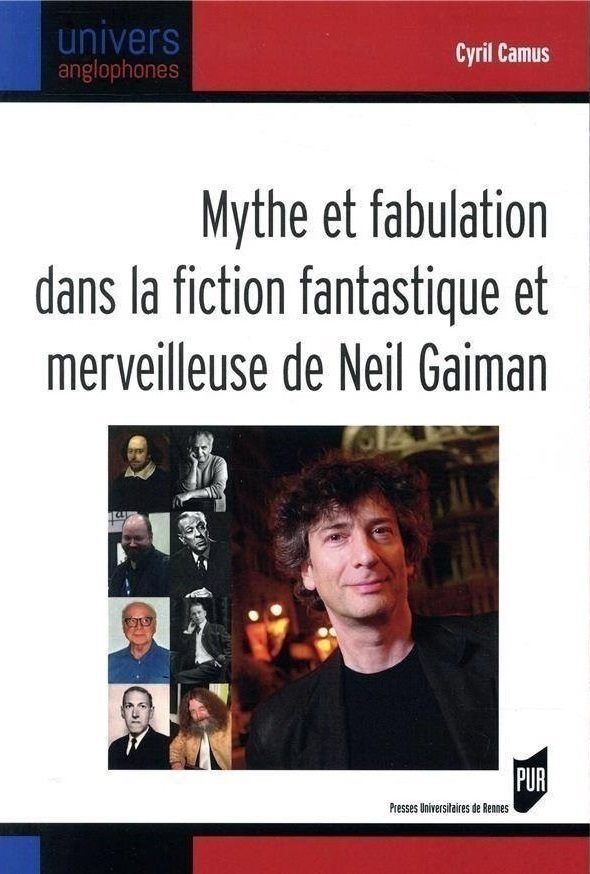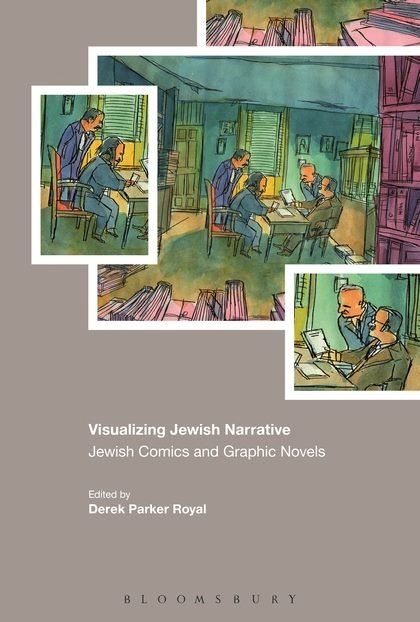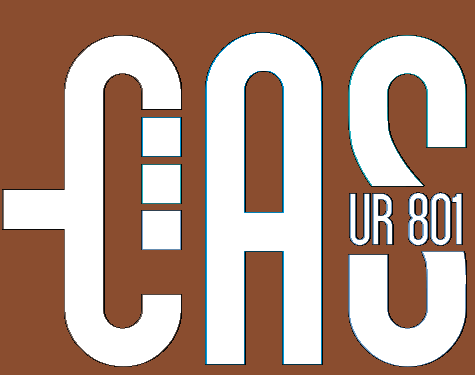This multi-authored collection, published by Cambridge Scholars Publishing on August 29, 2023 and edited by Françoise Besson, contains my paper "How Bugs, Monarchs and Trees Shape Human Fate and Experience in Peter Kuper's Diario de Oaxaca and Ruins".
This article focuses on the relationship with the environment (sometimes "anthropocentric", sometimes "biocentric" or at least "lococentric" (notions borrowed from US ecocritic Lawrence Buell)), which is developed in two graphic works that American comics author and cartoonist Peter Kuper created about his stay in Mexico from 2006 to 2008: the real-life sketchbook journal Diario de Oaxaca (2009), and the fictional graphic novel Ruins (2015).
This reflection involves, among other things, an analysis of images, and in particular the use of graphic saturation, particularly on a thematic level (with the role given to animals and plants in general, to “bugs” in particular) in two graphic narratives aimed at immersing the reader in the colorful and vibrant and teeming world of Mexico as Kuper experienced it.
The book’s page on the publisher's website:
https://www.cambridgescholars.com/product/978-1-5275-1287-0
Diario de Oaxaca’s page on its publisher's website: https://pmpress.org/index.php?l=product_detail&p=894
Ruins’s page on its publisher's website:
Interroger l'intersémioticité











